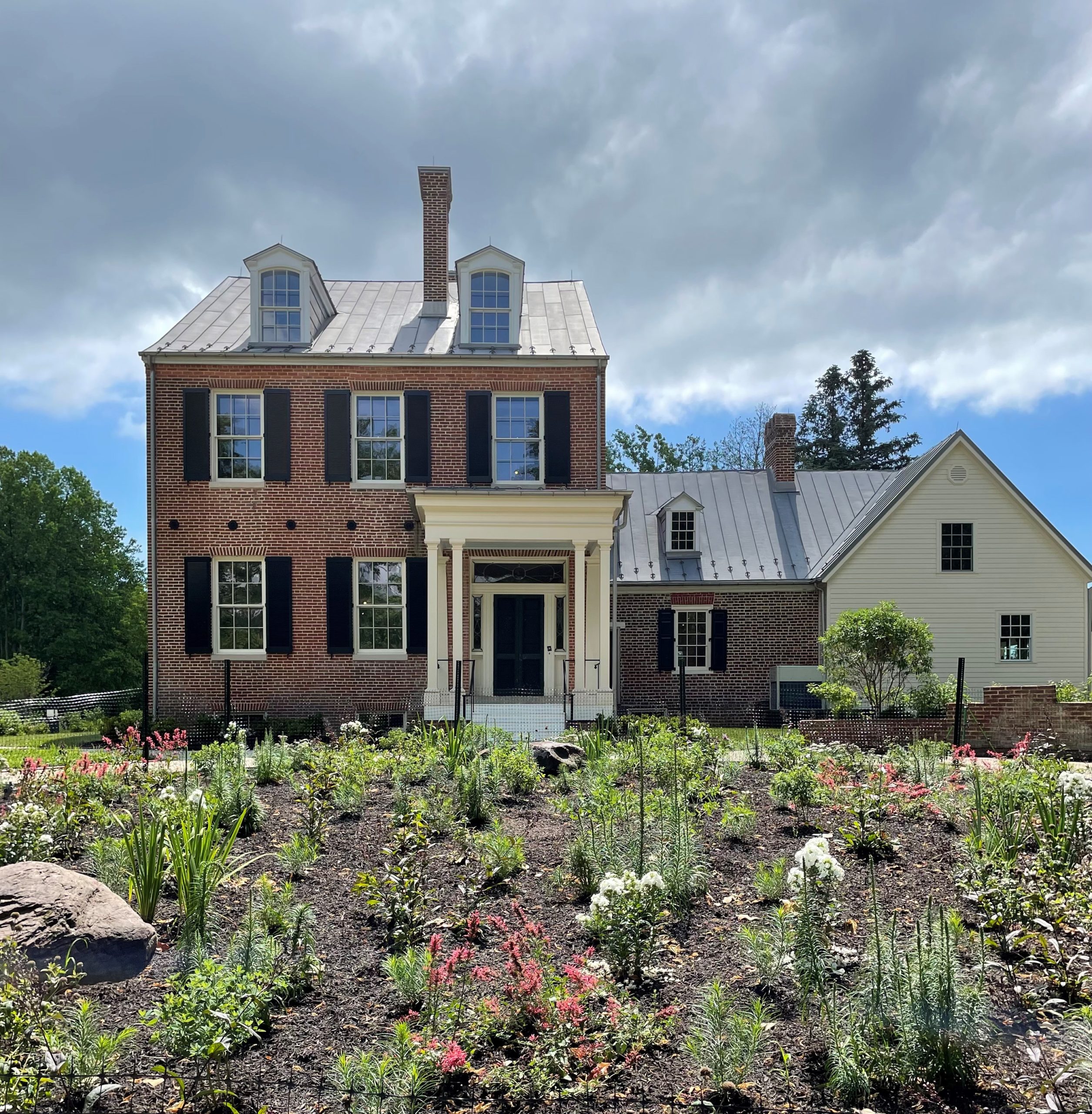
African-American Heritage
“In all of us there is a hunger, marrow-deep, to know our heritage – to know who we are and where we have come from. Without this enriching knowledge, there is a hollow yearning.”
– Alex Haley, Author of Roots
Visit the Storymap: “African-American Voices, Memories and Places: A Four Rivers Heritage Trail”
__________________________________
NEW! Visit the “African American History and Heritage” Resources page developed by Anne Arundel County Cultural Resources Section here: https://www.aacounty.org/planning-and-zoning/historic-preservation-planning/local-history-resources/history-highlights/heritage
______________________________________
Watch a video featuring inspiring Community Leader and Chesapeake Crossroads Board Member, the late Gertrude Makell:
Anne Arundel County owes much to the rich heritage, culture, and bravery shown by African-American Marylanders. Many were first brought to Maryland from West Africa and the Caribbean through the slave trade, with numbers in Anne Arundel County once exceeding those of European Americans. Their labor was the backbone that built the strong local economy and the beginning of America’s early infrastructure. Their legacy and struggle have been documented and preserved here in Anne Arundel County, allowing for visitors to experience their plight, learn about the many important figures, and relive the stories that abound in our county.
-
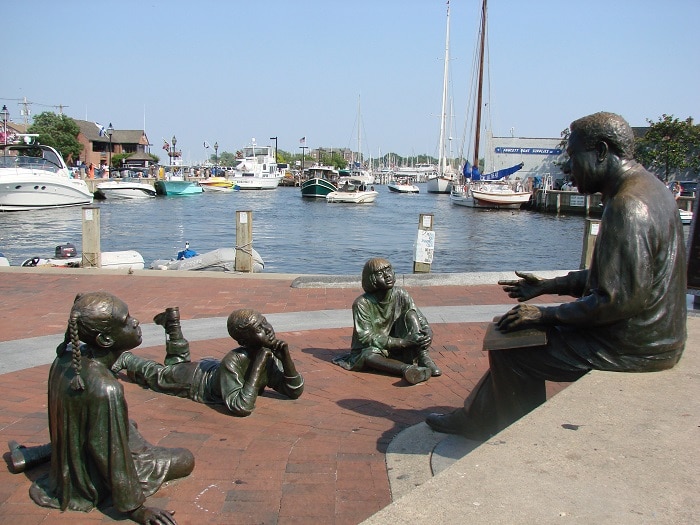
- African American History 1
Annapolis
African Americans have lived in Annapolis for over three centuries. From the 1700s through today, one-third or more of the city’s population has been African American. Initially, most were slaves, however, by 1850 an equal number of free blacks and slaves lived here. In colonial times most urban slaves were women, girls, and young boys. They may have slept in a kitchen, loft, attic, or nearby outbuilding, and did household work such as cooking, washing, spinning and sewing, baking, and brewing. A smaller number of enslaved men were servants and drivers; men also worked as sawyers, carpenters, artisans, blacksmiths, rope makers, and maritime tradesmen. A growing number of free African Americans in the 19th century changed the character of Annapolis by establishing their own businesses, neighborhoods, and churches, often buying freedom for enslaved loved ones. Their historic churches and neighborhoods survive as vital elements of the City’s heritage.
-
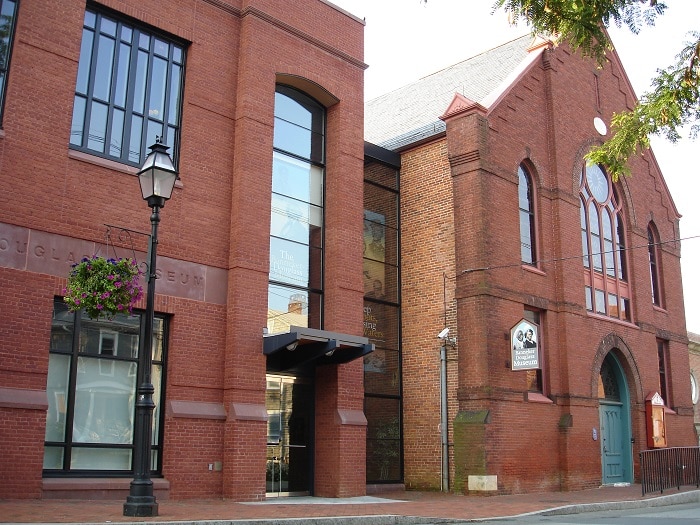
- African American History 4 1
There are a number of important sites, exhibits, and memorials in Annapolis. The Kunta Kinte-Alex Haley Memorial at the Annapolis Harbor’s City Dock memorializes the contributions of Alex Haley, author of Roots. At the Harbour, Haley’s ancestor, Kunta Kinte, arrived aboard the Lord Ligonier and was sold into slavery in 1767. Here, 48 slave ships unloaded their human cargo in the 20 years before the American Revolution. There’s also the Historic Annapolis Foundation’s Waterfront Warehouse (4 Pinkney Street) and Museum (99 Main Street), where their ongoing exhibit, “Annapolis: An American Story,” tells many important stories of this heritage. The Banneker-Douglass Museum (84 Franklin Street) is another must-visit when in Annapolis. The museum is the official state repository for African-American cultural materials, and named for two famous Marylanders: Benjamin Banneker and Frederick Douglass. Inside, you’ll find permanent exhibits highlighting the lives of slaves in Maryland, important Maryland turning points in the Civil Rights Movement, and highlights of important African-American Marylanders like Matthew Henson, credited with discovering the North Pole with Admiral Robert Perry in 1909. The museum also showcases rotating exhibits and holds educational programs throughout the year. All three of these powerful sites are located in the heart of Historic Downtown Annapolis.
-
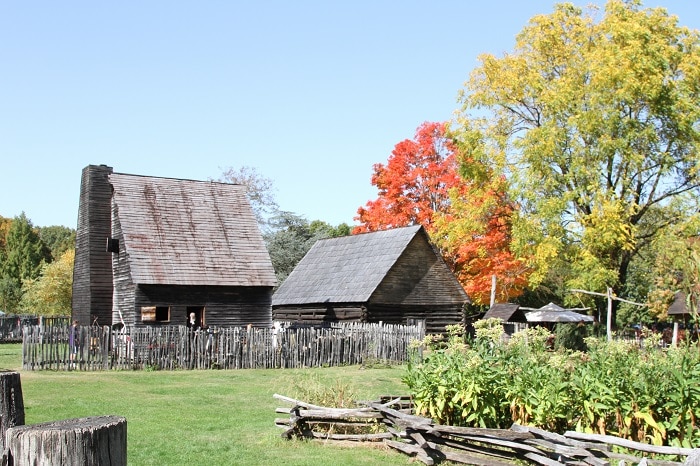
- African American History 3 1
Southern Anne Arundel County
Known as South County to locals, Southern Anne Arundel County is a sprawl of rolling hills and waterfront views. The area is known for its maritime industries like shipbuilding, oystering, and fishing – a trade in which African Americans played a major role. Small maritime villages like Historic Galesville the Historic Village at Herington North offer a glimpse into the lives of African-American watermen, along with original and replicated homes in which they lived. One of the main historical attractions in South County is Historic London Town and Gardens (839 Londontown Rd., Edgewater, MD). Here, visitors can explore the remnants of a colonial merchant town circa 1693 on the South River. This “lost town” was a major port of call in the 1730s for ships taking tobacco to Britain and bringing African slaves, indentured workers, and convicts to Maryland. The town’s most prominent figure, James Dick, imported slaves on a large scale and put them to work in his ropewalk and other businesses. Restored as a National Historic Landmark, the mansion, gardens, and newly recreated buildings are a wonderful example of Anne Arundel County’s initiative to preserve the area’s African-American History.
Northern Anne Arundel County
Newly-added to the Chesapeake Crossroads Heritage Area, this region, known as “North County,” has a rich heritage. African American heritage in North County, however, has largely been lost. North County’s contemporary landscape of commercial corridors and dense residential development can mask — but does not hide — its connections to historic communities of color established in the mid-1800s before the Civil War and emancipation. Connecting the communities were influential churches, which served not only spiritual needs, but also social needs. The Black churches “were significant as social centers, cultural conduits, school sponsors, and havens for political expression.” Some North County farmland owned and worked by African Americans was subsumed into BWI Thurgood Marshall International Airport and highway thoroughfares such as I-695 and I-97.
The heritage area’s “North County African American Trail” consists of a route through communities, with a half-mile buffer on either side of the route, from Pumphrey to Harmans, based on a heritage-related bus tour developed by the Northern Arundel Cultural Preservation Society (NACPS), entitled “The Northern Arundel Cultural Preservation Society (NACPS) presents a Historical and Educational Tour of African American Enclaves and Sites in Northern Anne Arundel County.” The non-profit organization was founded in 2005 to collect, document, preserve, and share the contributions of African Americans in the history and culture of Northern Anne Arundel County and Maryland. The copyrighted tour was made possible by a grant from the Arts Council of Anne Arundel County (ACAAC) and Community Foundation of Anne Arundel County (CFAAC). The tour follows a route through seven North County communities. Commencing in Pumphrey, on Belle Grove Road, the next stop was Furnace Branch, located on Crain Highway and Furnace Branch Road. The third “stop” was Freetown, on Freetown Road, followed by Marley Neck, located on Solley Road. The fifth “stop” was the community of Magothy/Pasadena, located on Artic Drive. This was the furthermost stop to the east; the tour now headed west, to Queenstown, located on Queenstown Road, and ended in Harmans/Dorsey, located on Dorsey Road.
Heritage sites found in the communities along the Trail include various sites in the Pumphrey Community such as St. John United Methodist Church; the John Wesley United Methodist Church in Furnace Branch; the Freetown Historic District in Freetown and a marker for the former Rosenwald School at the site; the Marley Neck Rosenwald School, Hall United Methodist Church and a “stone altar” on the site in Marley Neck; the Mt. Zion United Church and former Magothy Rosenwald School in Magothy/Pasadena: the Queenstown Park, former Queenstown Rosenwald School, and the Metropolitan United Methodist Church in Queenstown; and the Mt. Pilgrim Baptist Church and a marker for the former Harmans Rosenwald School in Harmans. The inclusion of these heritage sites in the newly-expanded heritage area boundaries will allow future funding for additional interpretive opportunities.
Experience the Area
With the support of our local partners and associations, Chesapeake Crossroads is dedicated to preserving the attractions, locations, and stories that portray African-American History in the area. If you are interested in experiencing the area’s rich history for yourself, you can plan a visit to one of our partner sites, look into a local tour, attend a local seminar or lecture series, or join us for one of many monthly events in the region.
If you’re looking for a peek into the lives of Annapolis and South County’s earliest African Americans, there’s no shortage of history in Anne Arundel County and the Chesapeake Crossroads Heritage Area. Click here to discover all the area’s African-American History attractions.
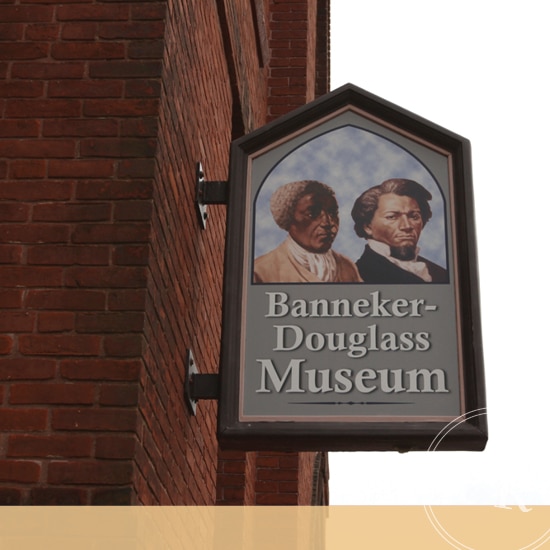
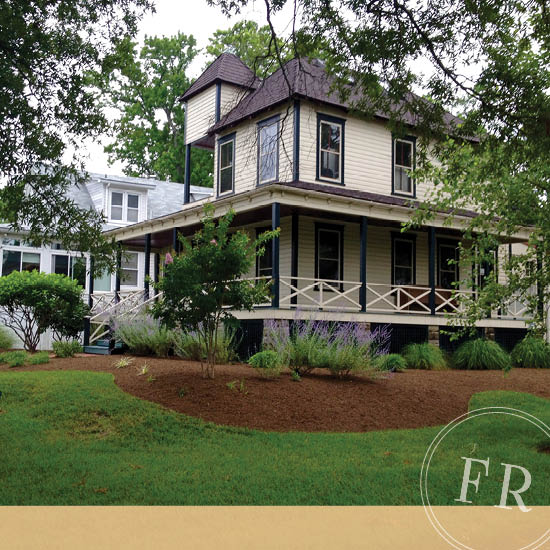
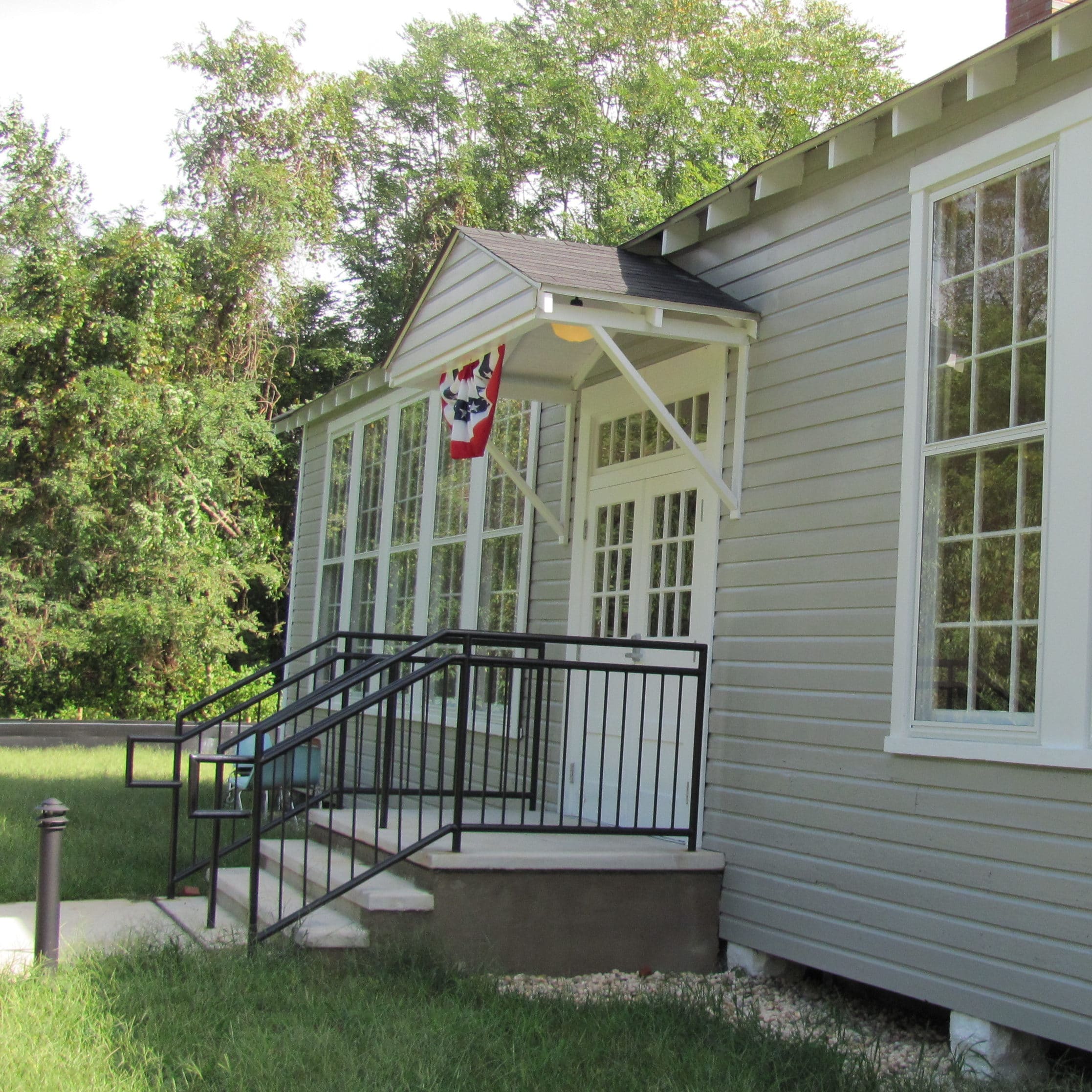
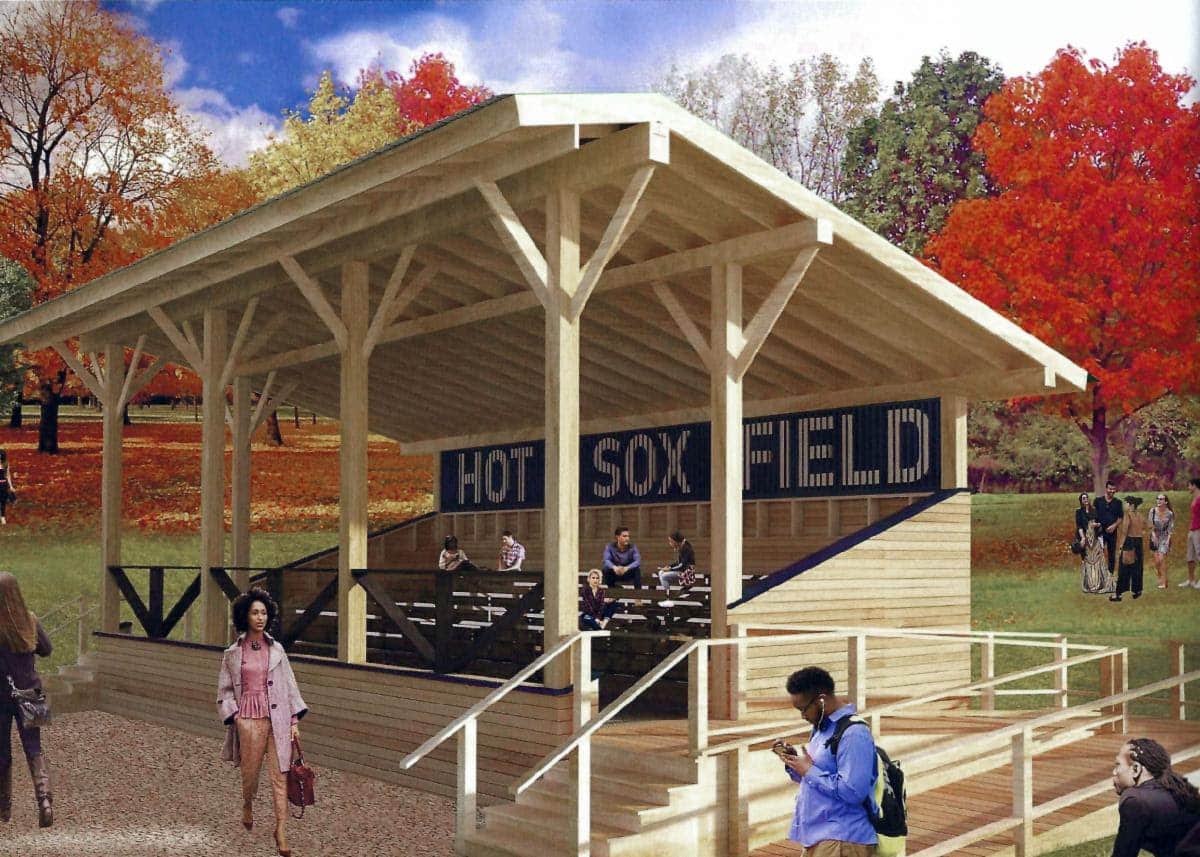
Herrington Harbour North Historic Village Museum — with Deale Area Historical Society
In African American Heritage / Preservation
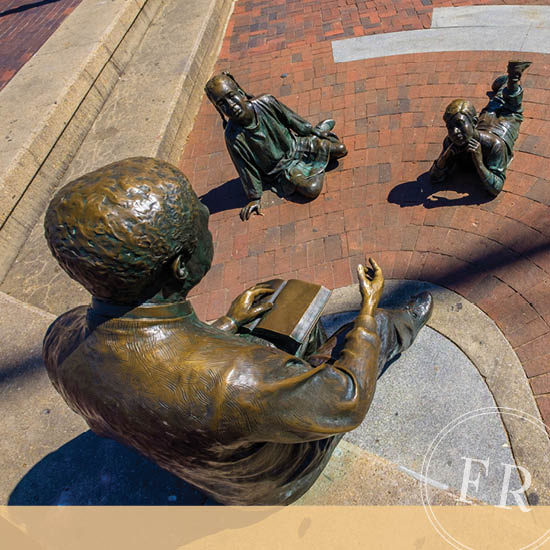
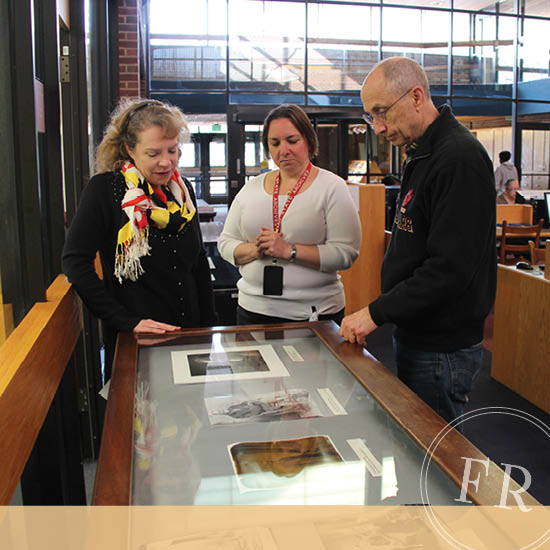
Maryland State House
In African American Heritage / Annapolis' Golden Age / Preservation / Virtual Experiences
Smithsonian Environmental Research Center (SERC)
In African American Heritage / Native American Heritage / Preservation / The Chesapeake Bay / Virtual Experiences